Living and Learning: Body Image
What is body image?
Body image describes our idea of how our body looks and how we think it is perceived by others. This can include our thoughts and feelings about our height, weight, shape, skin, colour, and our appearance and attractiveness more broadly.
Thoughts about how we look are often influenced by things going on around us. It can be what we see every day on social media, what the characters we see on TV look like, or seeing adverts about ‘improving how you look’. All of this can contribute to how we feel about our body.
Other influences might be:
- the media promoting one type of body as ‘fit and healthy’ with little to no representation of different bodies
- comments from friends or family about your body
- social media promoting what should be the ‘perfect body’ image
- clothes limited to fit certain body types
- adverts, health campaigns or lessons at school on what is a ‘ healthy body’
We are all different and therefore we all look different. – Ralph
It is what’s on the inside that really matters. – Lilly
Help at home
How can I help my child be body confident?
Body image can be an issue for many of us, but especially children. As they go through physical changes, they can become conscious of what their body is doing and what they look like. Avoid talking about other people’s appearance and their bodies. Instead, chat about more important things about a person, such as how kind, talented, or charitable they are or whether they have good manners or work hard.
Living and Learning – RSE
Over the last few weeks, Year 5 and 6 have been learning about RSE. It’s important to understand changes you might go through, both physically and emotionally.
Relationships
“There are lots of different types of relationships like families, friends and online,” said Willow. “If something is negative in a relationship you have, take some time away and tell a trusted adult.”
We’ve learnt about what healthy and unhealthy relationships look like and talked about how to build each other up, avoid peer pressure and improve the connections we have in our lives.
Puberty
Brooklyn explained, “You might get taller, hair grows more and you will sweat more!”
“Your hair also gets greasier, too,” added Ellie.
We’ve learnt about the different changes we might go through and how to take care of our bodies as we get older. We discussed how every adult has already gone through it and most of the changes are actually shared by most people.
“Bath every day!” said Jewel.
“Use deoderant!” insisted Olivia.
“Wash your face every night and/or morning,” advised Siana.
However you’re feeling, it’s important to talk to a trusted adult if you’re unsure, especially if you’re feeling like your emotions are hard to manage.
Help at home by having a reflection on what your child has learnt in RSE over the last few weeks.
Football Coaching Fun
We enjoyed joining together this afternoon for some football coaching.
Check out our brilliant ball skills!





Temperatures!
Throughout Year 2, we’ve been recording the temperature once a week.
Today, we put our data from the first six weeks in the Spring term into block diagrams using cubes!
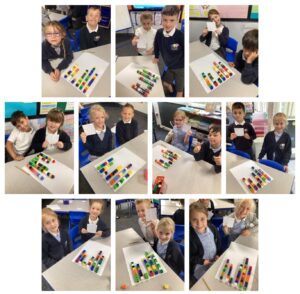
Total Warrior
Year 6 had a brilliant time at Bramham Park where they took part in the Total Warrior Challenge. By the end, they were head to toe in mud but with huge smiles on their faces. Well done Year 6!
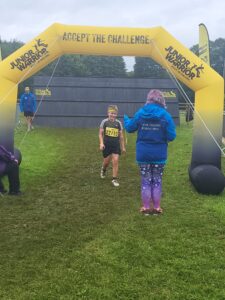
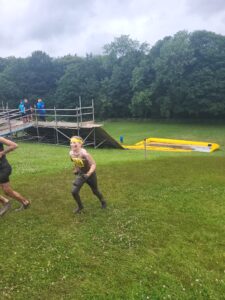

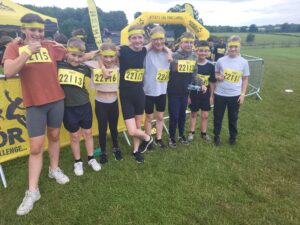
Forest School
Today we celebrated mud week at Forest School. We could paint using mud, we could cook different food with it in the mud kitchen, we could squelch the mud with our hands. It was all very fun and messy. We also had a go at using a flint and steal to spark a fire.









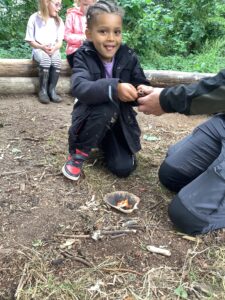



Week 4 – Clean up!
Our focus book this week has been ‘Clean Up’ by Nathan Byron. This story helps us to understand why looking after our planet is so important and the impact pollution can have on our environment. The children have loved thinking of ways that they could help people to remember to take their rubbish home or put it in a bin.


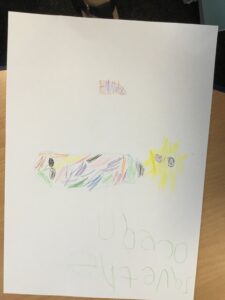
Our book was set in Jamaica. We learnt more about where Jamaica was in the world and that it was an island. We recognised that we live on an island too! We then labelled the land and sea and made our own islands.


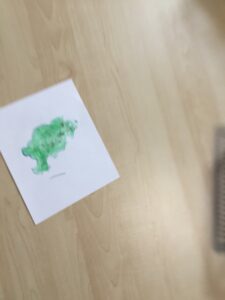

As there has been more rain this week, this made us think about rain coats and what materials are best to keep us dry. We decided to conduct an experiment to see which materials would be best to make a jacket for a polar bear.
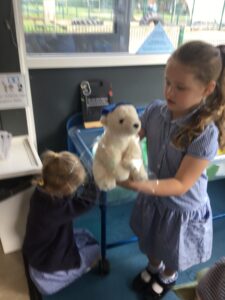



We have learnt more about the sculpture Alexander Calder. We looked at some of his pieces of work and created our own inspired pieces using wire and polystyrene 3d shapes.
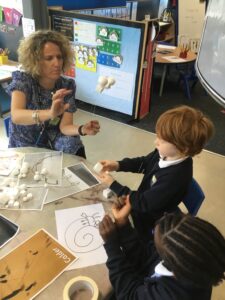





Our poem this week was all about peas! We hope you enjoy it!
Didn’t we have a lovely time …..
It was an absolute pleasure to take KS2 to Filey beach last week.
The children showed respect, followed instructions and represented our school admirably. Throughout the day, all of the adults were impressed with the social skills the pupils were using. We observed and overheard: cooperation, good manners, teamwork, listening to each other, patience, good communication, compliments and lots of encouragement for each other (especially in the sea!).
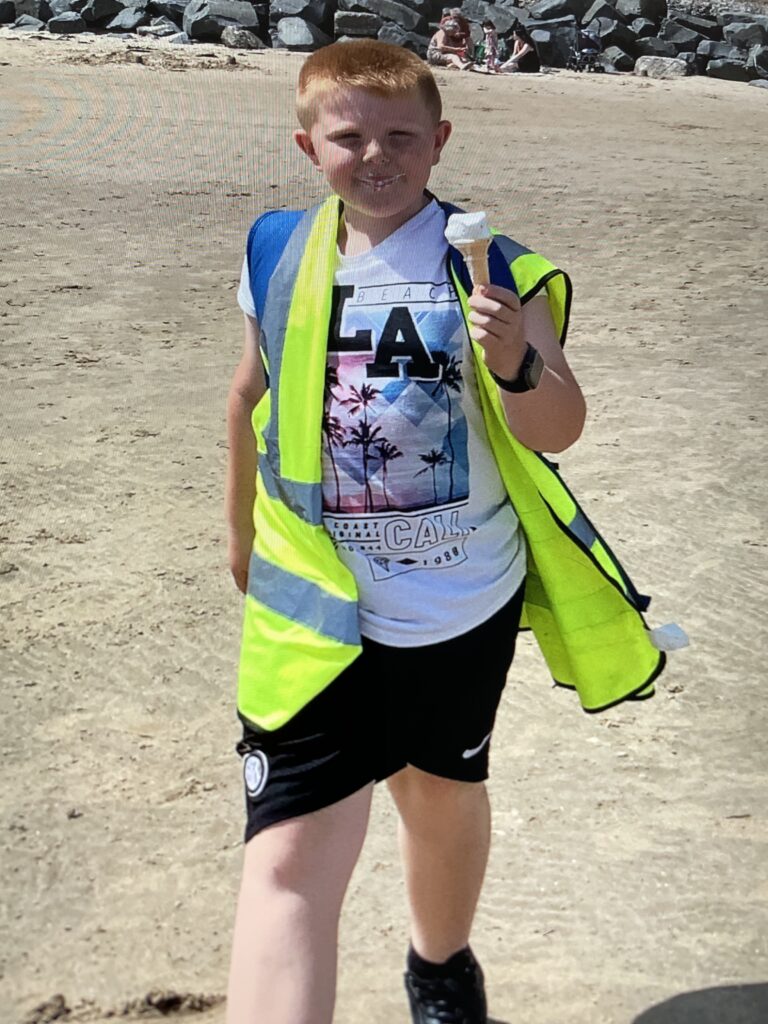

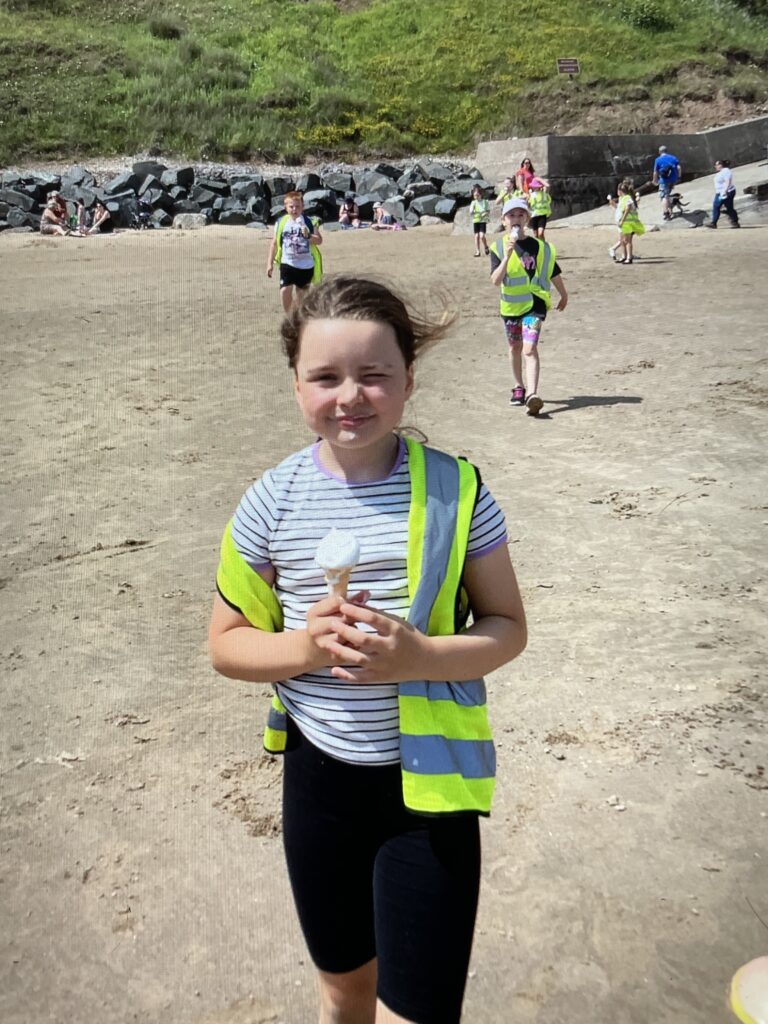




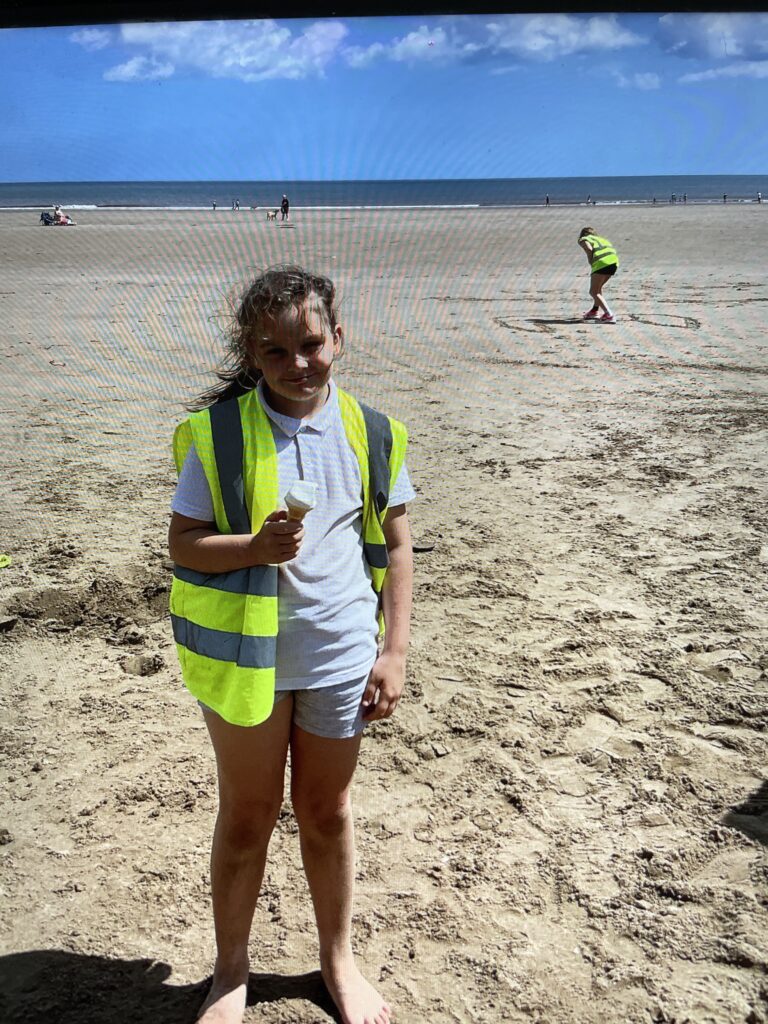


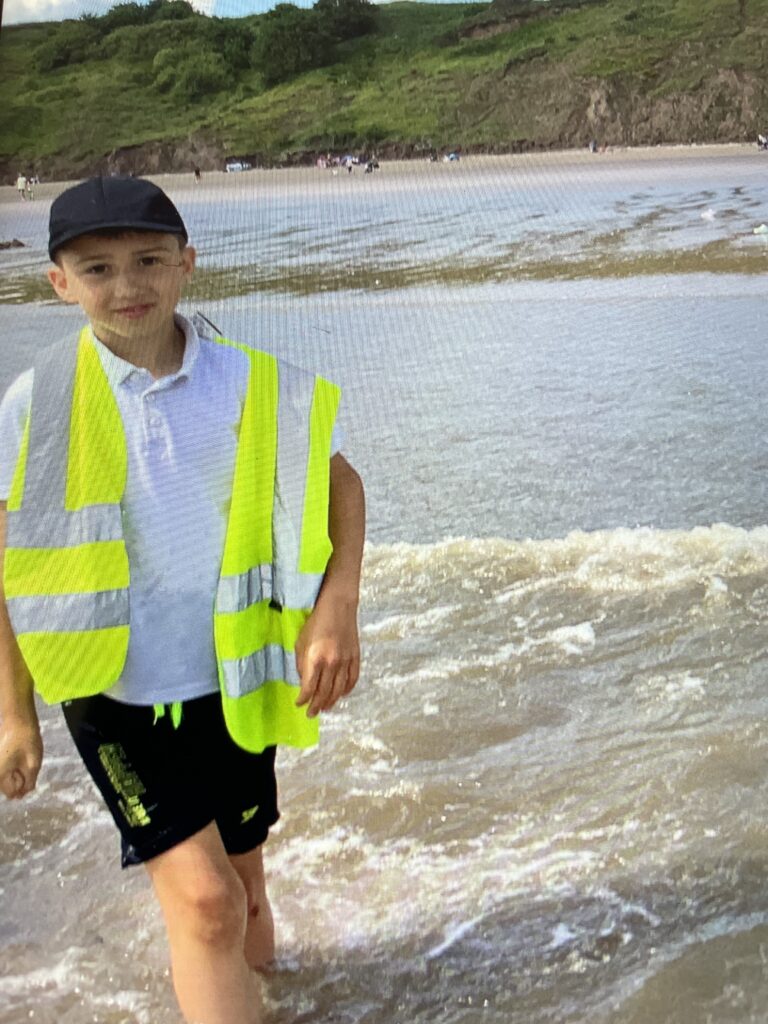
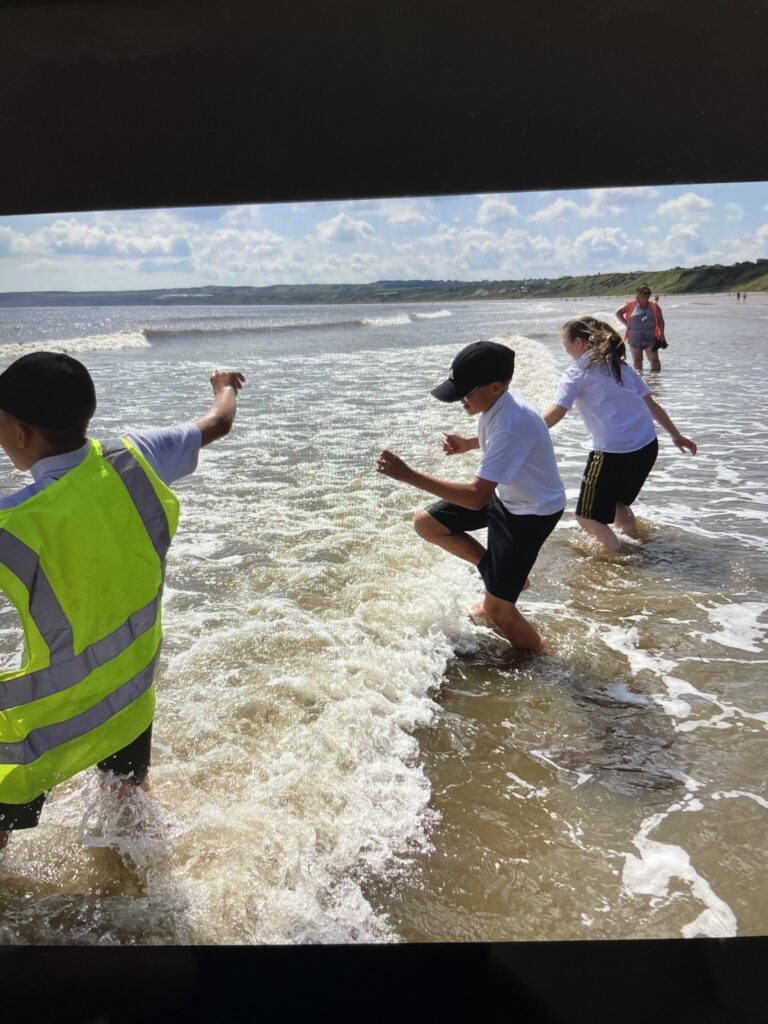

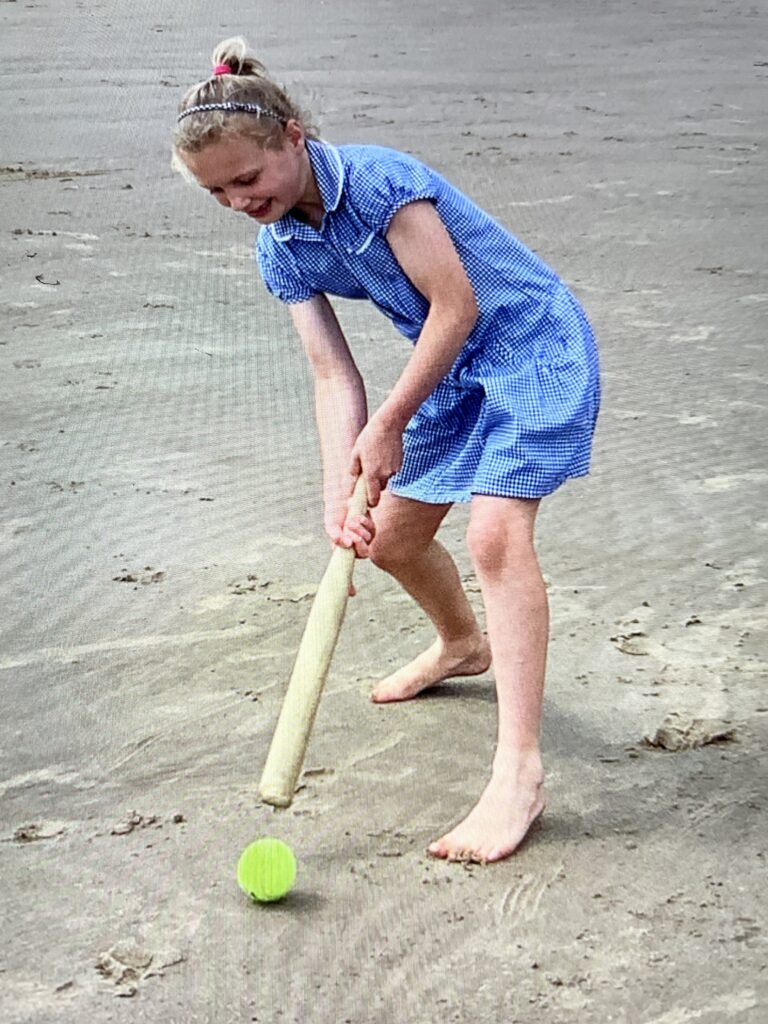
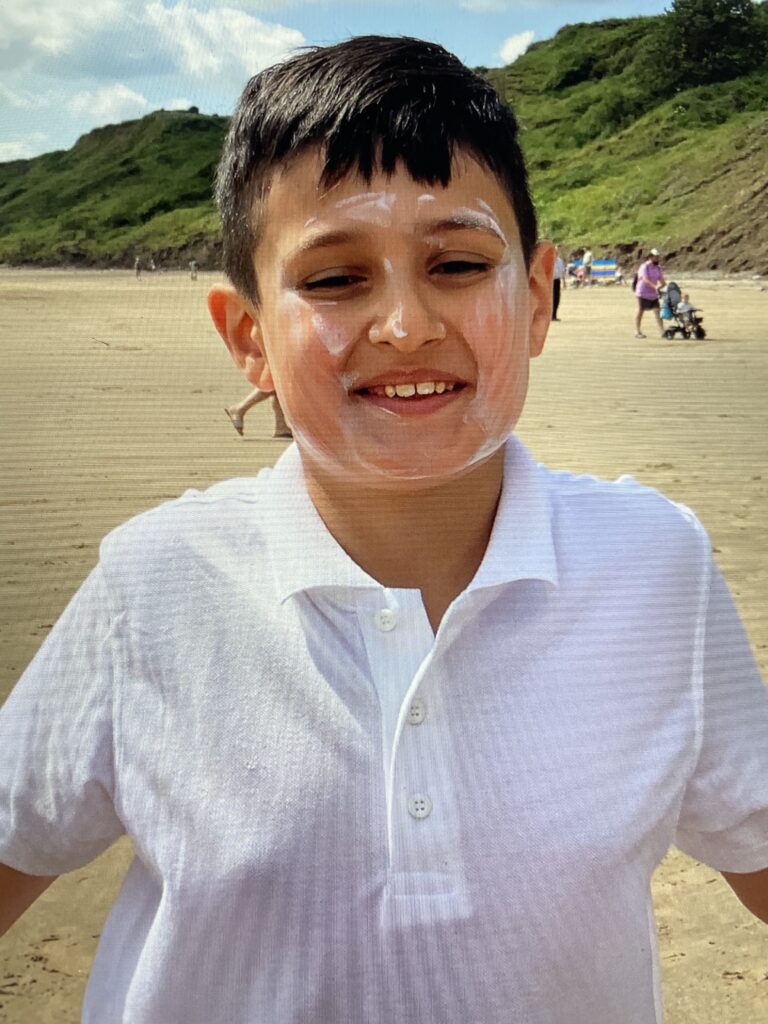

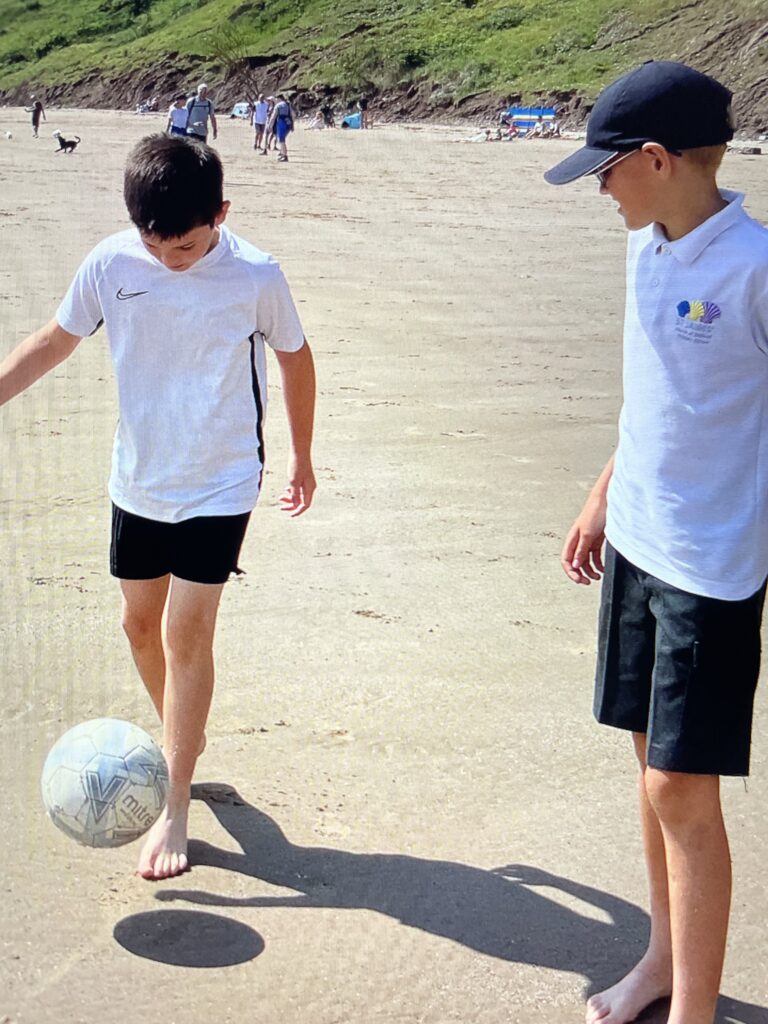
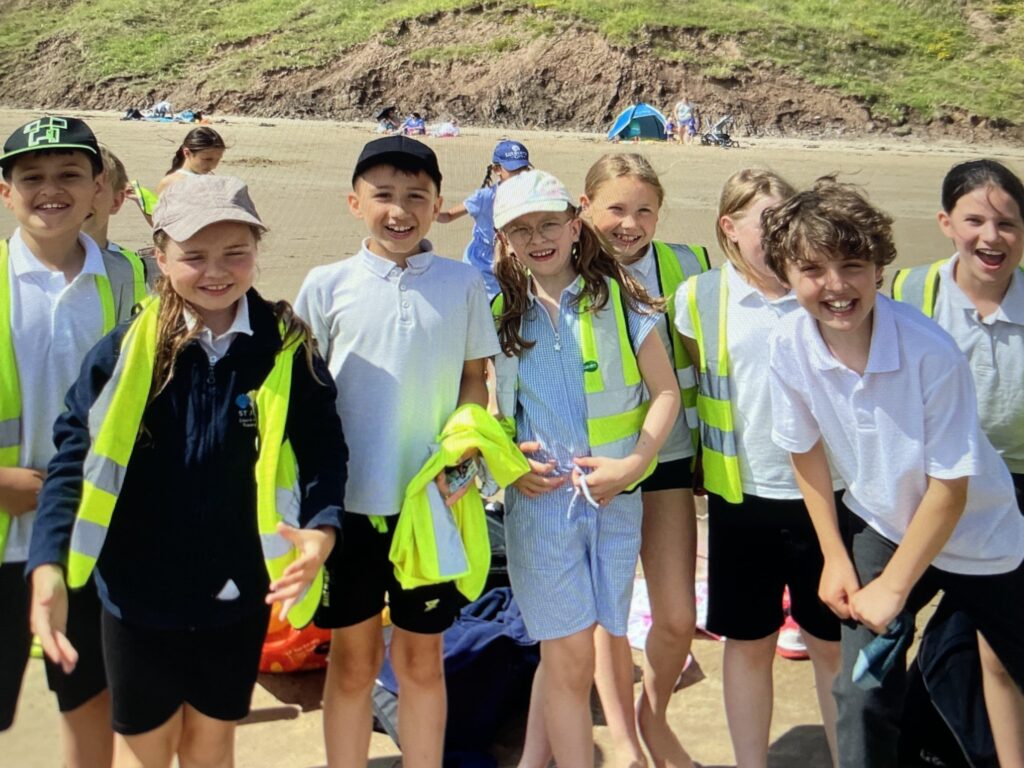
Many thanks to all of the adults who helped to make the day such an enjoyable one!
This has been one of the best trips I have ever had the pleasure to attend. The look on the children’s faces, when arriving on the beach, will be etched in my mind for a long time! Mrs Freeman
Our trip to Cannon Hall Farm
We’ve had a fantastic time today on our trip to Cannon Hall Farm! All of the children behaved impeccably and were a credit to our school.
Construction Using Techcard
During our D.T lesson, years 3 and 4 joined together to explore how to create models using Techcard. They did a fantastic job at using the resources to construct stable models.







